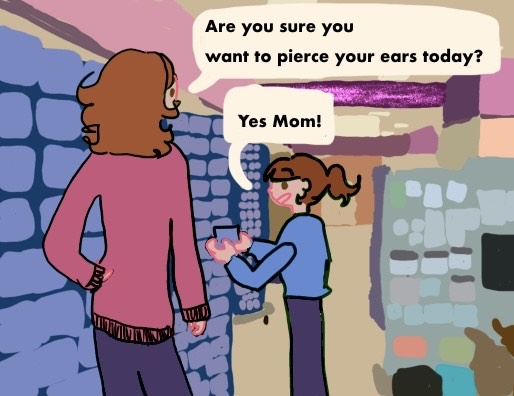REVIEW: ‘You’ll Never Believe What Happened to Lacey’ Provides Comedic, Eye-Opening Account of Midwestern Racism
“You’ll Never Believe What Happened to Lacey” is a brilliantly comedic take on the racism the author and her sister have faced throughout their lives.
After the George Floyd protests swept through the United States, Amber Ruffin, the first black woman to write for a late-night talk show, shared a few stories about her run-ins with police on “Late Night with Seth Meyers.” She was met with immediate surprise from the mostly white audience. Similarly, after the protests, her sister Lacey Lamar, after not being understood, or being dismissed when sharing stories about racism in the workplace, was met with surprise and understanding by the same people who hadn’t previously understood her experiences with racism.
These experiences inspired the two to write the book “You’ll Never Believe What Happened to Lacey,” a collection of stories about racism, most of which were experienced by Lacey in Omaha as well as surrounding areas in Nebraska and Iowa. After being released on Jan. 12, the book became a New York Times Best Seller.
The book, for the most part, transitioned seamlessly from a dialogue between the two sisters to Lacey’s anecdotes themselves, as they were told to (or sometimes experienced by) Amber with some commentary from Lacey. The stories themselves range from racist comments made in Disneyland to terrifying stories about threats of violence and leave many readers to imagine the toll so many of these experiences (many of which weren’t told in this book) would have on someone.
The book proved to be consistently hilarious and horrifying, not only with the racism you read about itself but the reactions and complicity of white people during and after they occur, leaving white readers particularly appalled. The book finds time during and in between stories to also challenge the reader by constantly asking what they think will happen next, or jokingly giving scenarios where the racist actions were treated properly.
The book tackles all of these instances with striking humor and levity. It is able to disturb the reader while making them laugh, with the conversations between sisters adding to the comedy of it as well as the casual and conversational tone.
It is also notable how the book takes time to affirm readers who are people of color by openly discussing how the authors hope this book helps them realize that they are not alone in dealing with racism.
Overall, the book is a reminder, if not a wake-up call, to white readers about the continual and pervasive racism that people of color in the United States experience on a day to day basis. It is a particularly eye-opening read for those living in Nebraska, and it is a must-read for anyone looking to better understand the experiences of people of color in Nebraska, especially if they want to be thoroughly entertained in the process.






